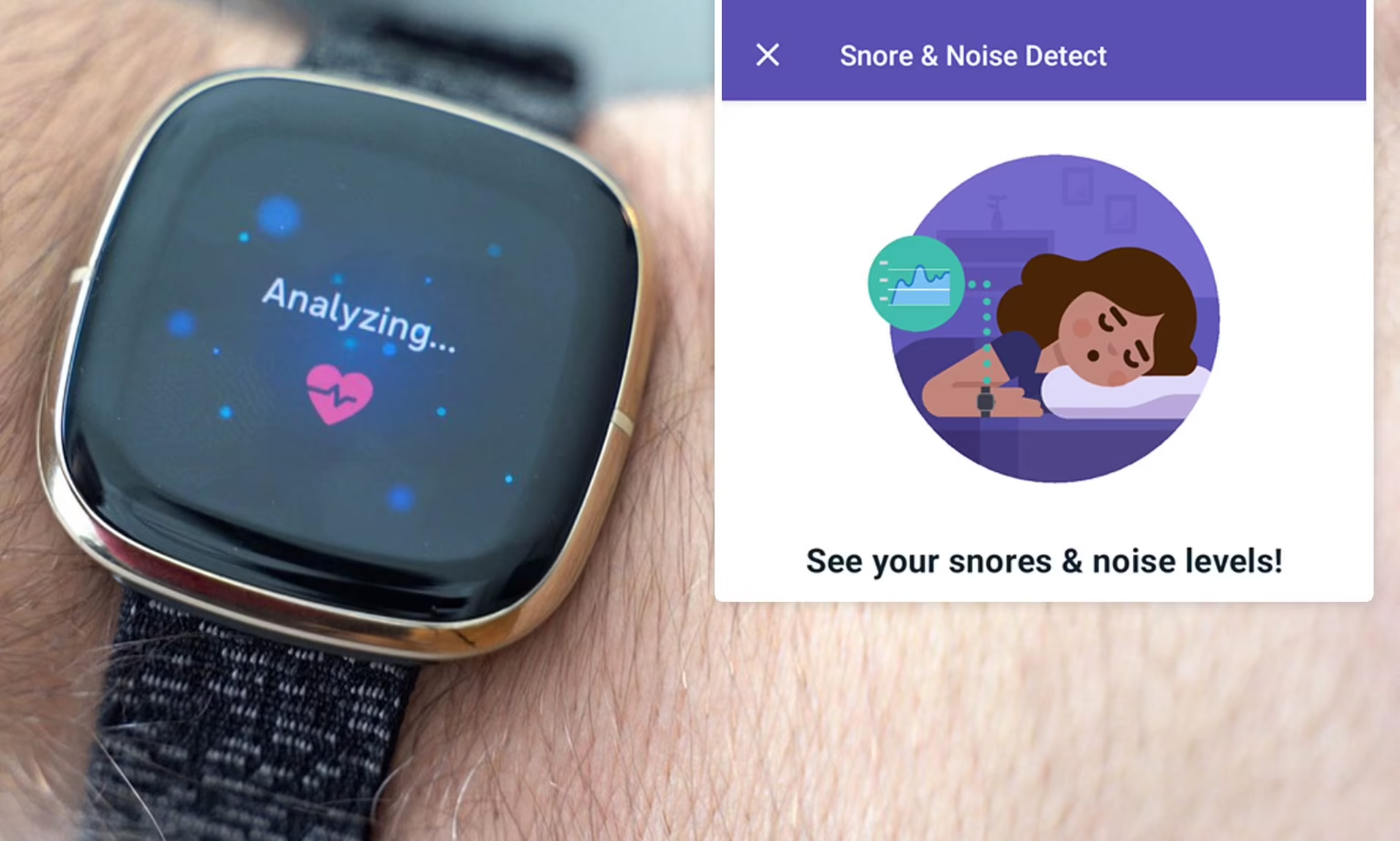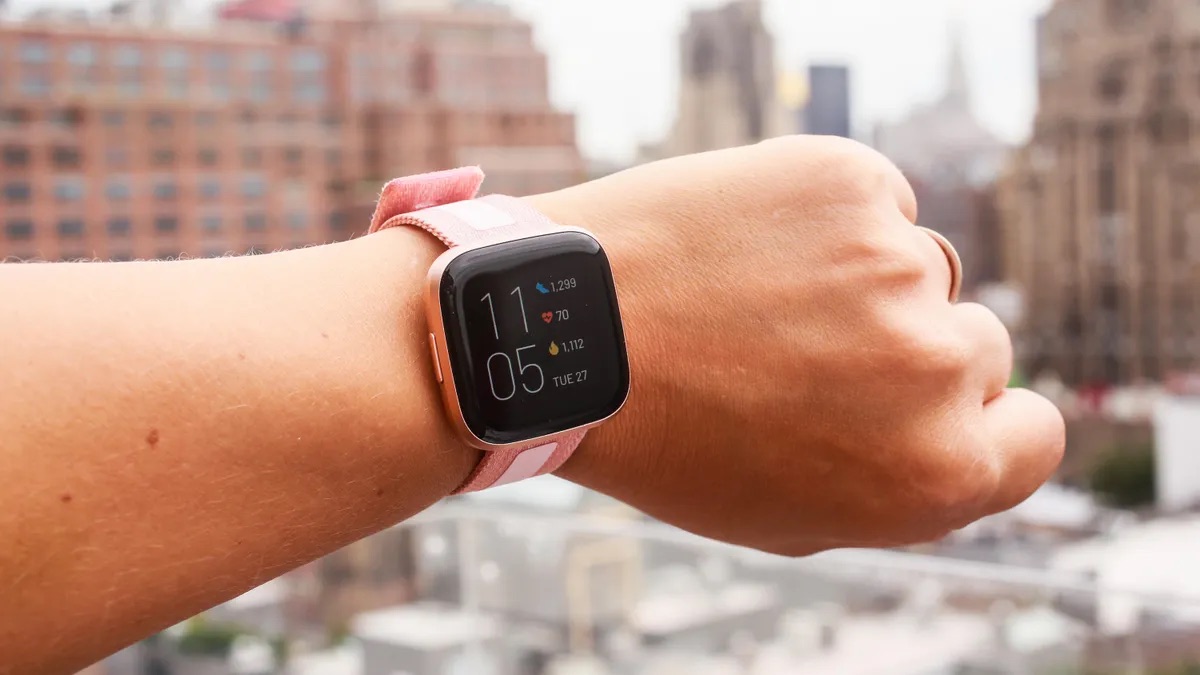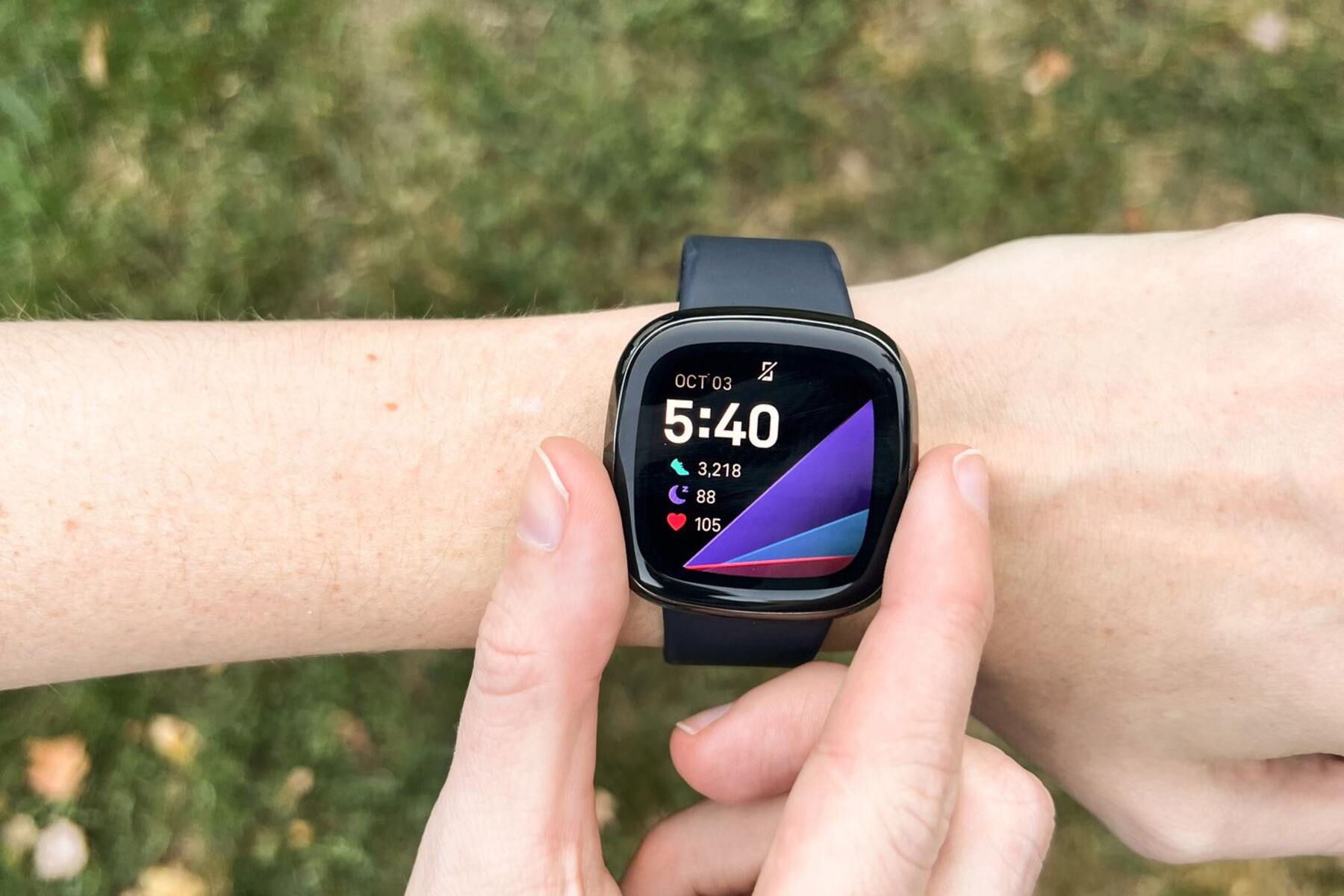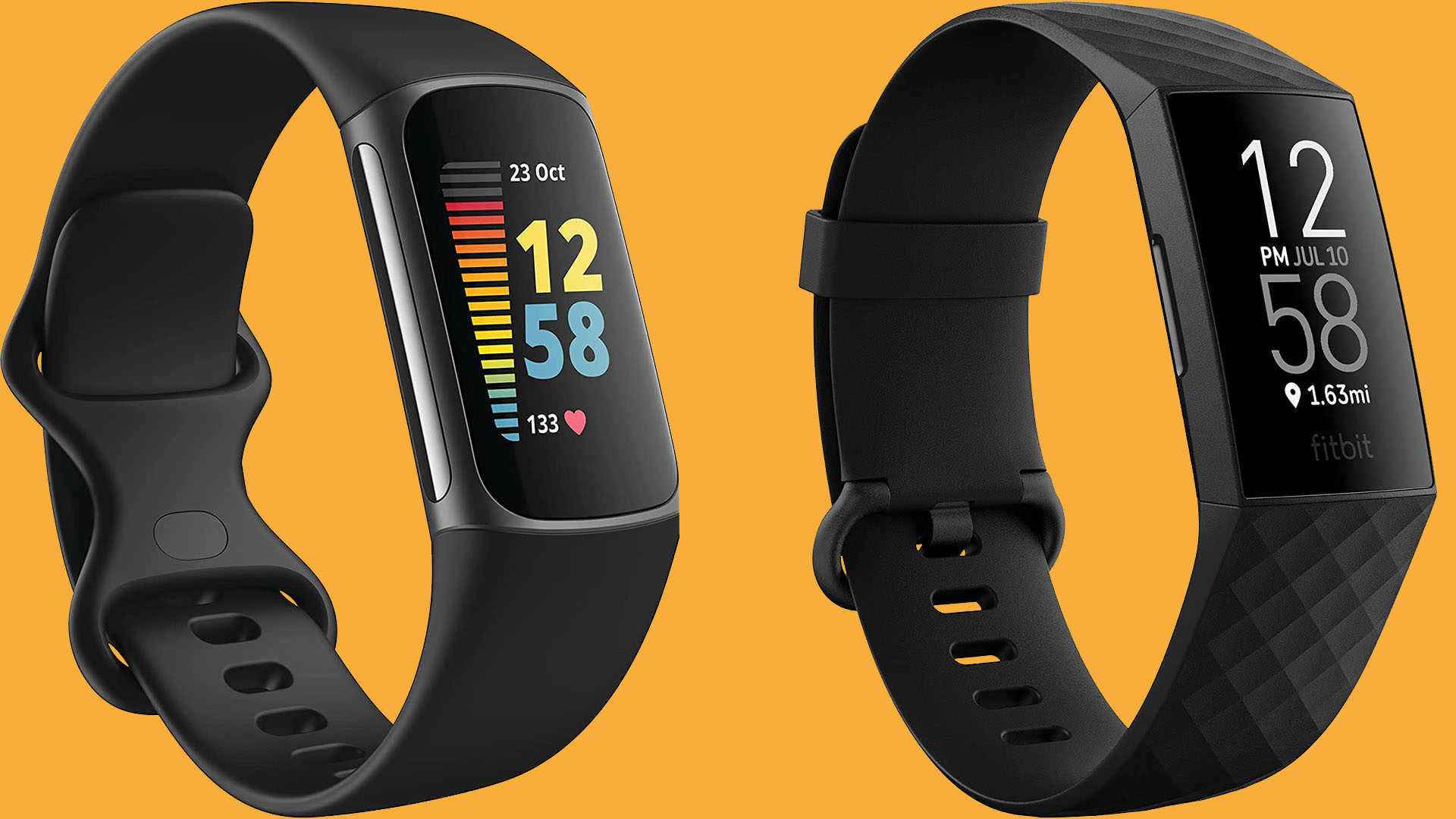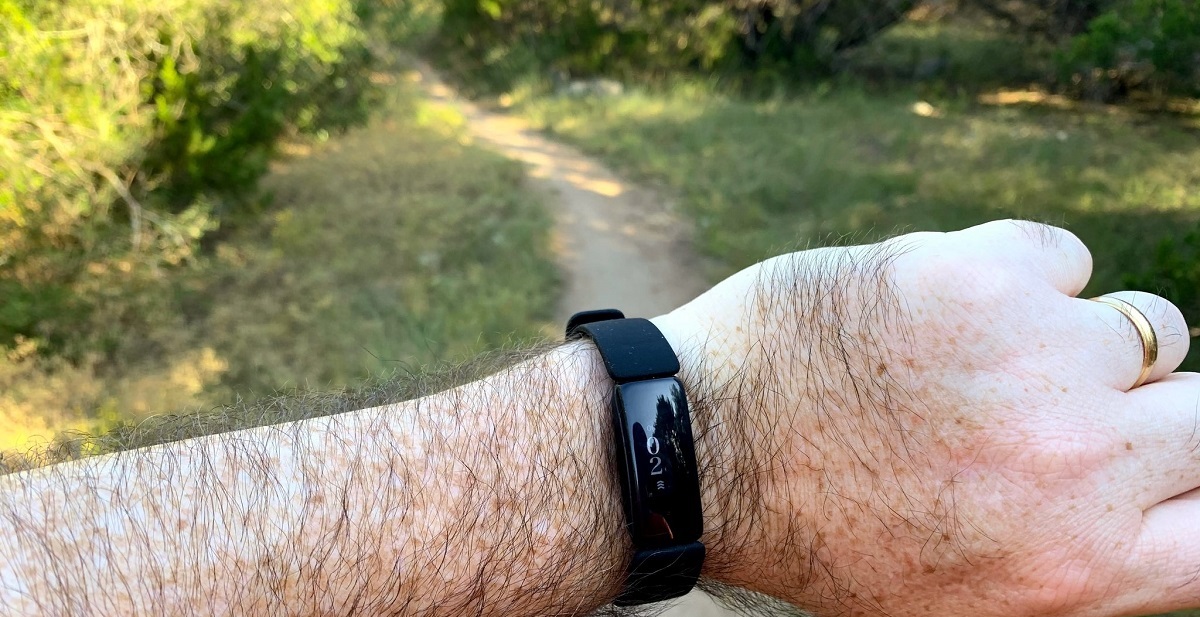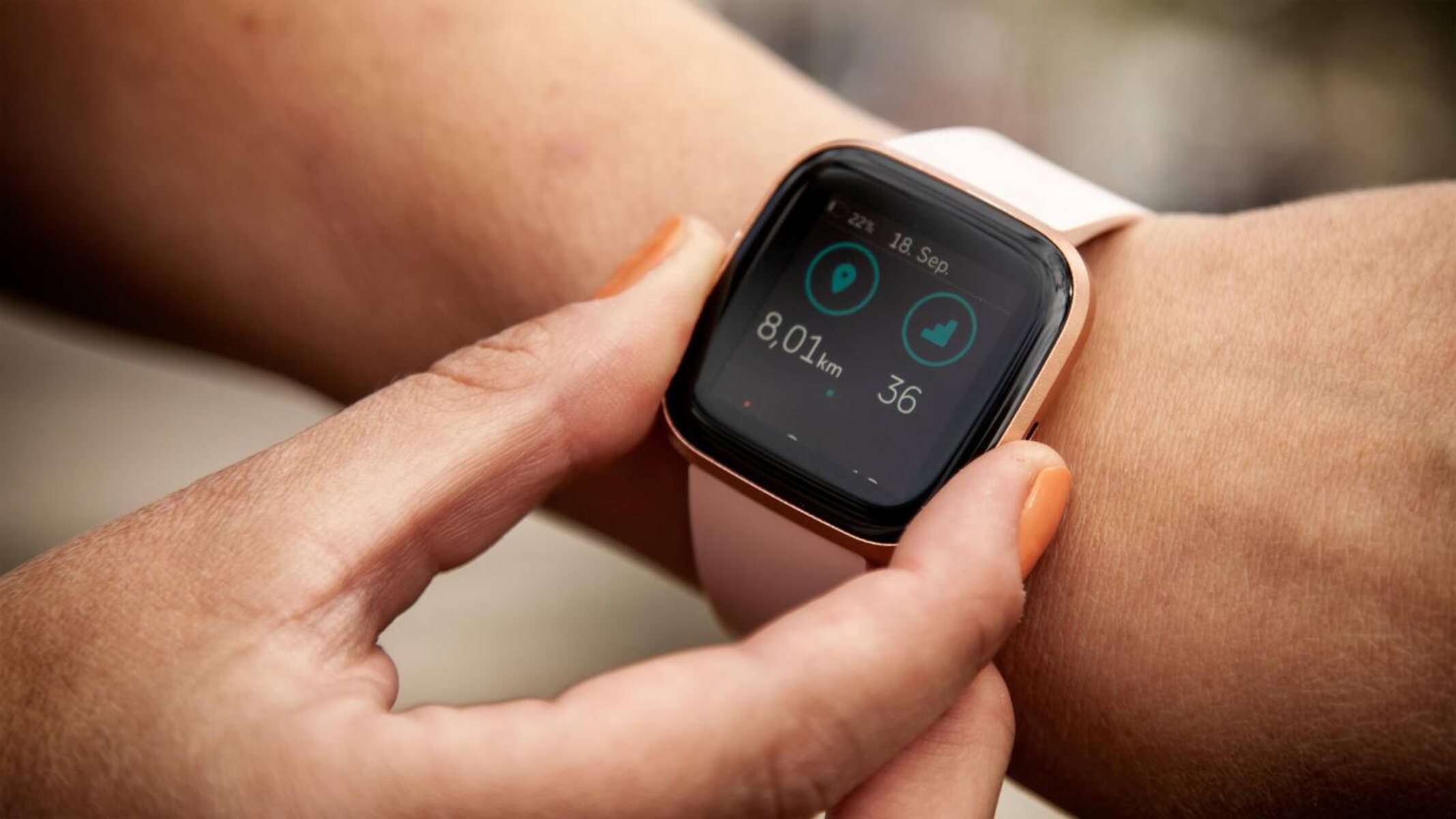Introduction
In today's fast-paced world, the importance of a good night's sleep cannot be overstated. It is a crucial component of overall health and well-being, impacting everything from cognitive function and mood to physical performance and immune function. As a result, there has been a growing emphasis on understanding and optimizing sleep quality, and wearable technology has emerged as a valuable tool in this endeavor.
One of the most popular and widely recognized names in the realm of sleep tracking wearables is Fitbit. Renowned for its comprehensive activity tracking features, Fitbit devices have also gained acclaim for their ability to monitor and analyze sleep patterns. By wearing a Fitbit device while sleeping, users can gain valuable insights into the duration and quality of their rest, empowering them to make informed decisions about their sleep habits.
In this article, we will delve into the intricacies of how Fitbit tracks sleep, shedding light on the technology and methodologies that enable these devices to provide users with detailed sleep data. We will also explore the concept of sleep stages, discussing how Fitbit categorizes different phases of sleep and the significance of each stage in the sleep cycle. Additionally, we will examine the factors that can influence the accuracy of sleep tracking and provide practical tips for maximizing the precision of Fitbit's sleep monitoring capabilities.
By gaining a deeper understanding of how Fitbit monitors sleep and the variables that can impact its accuracy, users can make the most of this innovative technology to optimize their sleep routines and, ultimately, enhance their overall well-being. So, let's embark on this enlightening journey into the realm of sleep tracking with Fitbit and uncover the secrets behind a restful night's slumber.
How Fitbit Tracks Your Sleep
Fitbit employs a sophisticated blend of sensors and algorithms to monitor sleep patterns and provide users with comprehensive insights into their nightly rest. When worn during sleep, Fitbit devices utilize a combination of accelerometers, heart rate monitors, and proprietary algorithms to track various aspects of sleep, including duration, quality, and the different stages of the sleep cycle.
The accelerometer is a pivotal component in Fitbit's sleep tracking technology. It detects subtle movements and changes in body position, enabling the device to discern when the wearer is asleep and when they are awake. By analyzing these movements, Fitbit can determine the times of sleep onset and awakening, allowing for the accurate calculation of total sleep duration.
In addition to movement, heart rate monitoring plays a crucial role in Fitbit's sleep tracking capabilities. By continuously monitoring the user's heart rate throughout the night, Fitbit devices can detect fluctuations that correspond to different sleep stages. This data is instrumental in categorizing the sleep cycle into distinct stages, such as light, deep, and REM (rapid eye movement) sleep, providing users with a comprehensive overview of their sleep architecture.
Fitbit's proprietary algorithms further enhance the accuracy and depth of sleep tracking. These algorithms process the data collected from the accelerometer and heart rate monitor, generating detailed sleep stage insights and identifying patterns indicative of sleep disturbances or interruptions. This sophisticated analysis enables Fitbit to present users with a holistic view of their sleep quality, empowering them to recognize trends and make informed decisions to improve their sleep habits.
Moreover, the integration of sleep tracking with Fitbit's user-friendly app allows for seamless data visualization and in-depth analysis. Users can access detailed sleep summaries, including time spent in each sleep stage, sleep efficiency, and trends over time. This comprehensive overview enables users to gain valuable insights into their sleep patterns and make informed adjustments to improve their overall sleep quality.
In essence, Fitbit's approach to sleep tracking encompasses a fusion of cutting-edge sensor technology, advanced algorithms, and user-friendly interfaces. By leveraging these elements, Fitbit devices offer users a comprehensive and insightful window into their sleep patterns, empowering them to make informed decisions to enhance their overall sleep quality and well-being.
Understanding Sleep Stages
Sleep is a complex and dynamic process that involves cycling through different stages, each characterized by distinct patterns of brain activity, eye movements, and physiological changes. Fitbit's advanced sleep tracking technology provides users with valuable insights into these sleep stages, shedding light on the composition of their nightly rest.
Light Sleep
The sleep cycle typically begins with a stage known as light sleep. During this phase, the body begins to relax, and brain activity slows down. Muscle activity decreases, and eye movements may occur sporadically. This stage serves as a transition from wakefulness to deeper sleep and comprises a significant portion of the overall sleep duration.
Deep Sleep
As the night progresses, the body enters the stage of deep sleep, also referred to as slow-wave sleep. This phase is characterized by slow brain waves, minimal muscle activity, and a decreased sensitivity to external stimuli. Deep sleep is essential for physical renewal, as it plays a vital role in tissue repair, muscle growth, and immune function. Moreover, it is during deep sleep that the body undergoes crucial processes for memory consolidation and cognitive restoration.
REM Sleep
Rapid eye movement (REM) sleep represents another pivotal stage in the sleep cycle. This stage is distinguished by rapid eye movements, heightened brain activity resembling wakefulness, and vivid dreaming. Despite the body being in a state of muscle paralysis, the brain is remarkably active during REM sleep. This phase is associated with emotional regulation, memory consolidation, and overall cognitive function. REM sleep is integral to mental rejuvenation and plays a crucial role in learning and emotional processing.
Sleep Cycle Dynamics
Throughout the night, the body cycles through these sleep stages multiple times, with each cycle lasting approximately 90 minutes. The composition of these cycles varies, with the proportion of time spent in each stage fluctuating. Fitbit's sleep tracking technology leverages heart rate variability and movement patterns to discern these distinct sleep stages, providing users with detailed insights into the composition and dynamics of their sleep cycles.
By understanding the nuances of these sleep stages and how they contribute to overall sleep quality, users can gain valuable insights into their rest patterns. Fitbit's ability to categorize and analyze these stages empowers users to make informed adjustments to their sleep routines, fostering improved sleep quality and overall well-being.
Factors That Affect Sleep Tracking
Several factors can influence the accuracy and reliability of sleep tracking with Fitbit devices. Understanding these variables is essential for users to interpret their sleep data effectively and optimize the precision of their sleep monitoring. Here are the key factors that can impact sleep tracking with Fitbit:
-
Device Placement: The positioning of the Fitbit device on the wrist can significantly affect sleep tracking. It is crucial to wear the device comfortably and securely to ensure optimal data collection. A loose or improperly positioned device may result in inaccurate sleep measurements, such as misinterpreting movement during sleep.
-
Battery Level: The battery level of the Fitbit device can impact its ability to track sleep effectively. A low battery may limit the device's capacity to monitor sleep patterns throughout the night, potentially leading to incomplete or inconsistent data.
-
Skin Sensitivity: Individual variations in skin sensitivity and reactivity can influence the device's ability to maintain consistent contact and accurately record data. Factors such as perspiration, skin texture, and environmental conditions can affect the device's performance.
-
Sleep Environment: The sleep environment, including ambient light, temperature, and noise levels, can impact sleep quality and, consequently, the accuracy of sleep tracking. Fitbit devices may interpret environmental disturbances as periods of wakefulness, potentially affecting the recorded sleep duration and quality.
-
User Movement: Certain sleep behaviors, such as restless leg movements or frequent changes in sleep position, can pose challenges to accurate sleep tracking. These movements may be misinterpreted as periods of wakefulness, leading to discrepancies in sleep stage analysis and overall sleep duration.
-
Sleep Disorders: Individuals with sleep disorders, such as sleep apnea or insomnia, may experience deviations in sleep patterns that can affect the accuracy of sleep tracking. Fitbit devices may not fully capture the complexities of disrupted sleep architecture associated with these conditions.
-
Device Calibration: Ensuring that the Fitbit device is properly calibrated and updated with the latest firmware is essential for accurate sleep tracking. Calibration discrepancies or outdated software may compromise the device's ability to interpret sleep data accurately.
-
User Engagement: Active user engagement with the Fitbit app and device functionalities can influence the depth and accuracy of sleep tracking. Regular interaction with sleep data, inputting sleep-related information, and utilizing relevant features can enhance the overall quality of sleep monitoring.
By recognizing these influencing factors, Fitbit users can take proactive measures to optimize the accuracy of sleep tracking, thereby gaining more meaningful insights into their sleep patterns and making informed adjustments to improve their overall sleep quality.
Tips for Improving Sleep Tracking Accuracy
Ensuring the accuracy of sleep tracking with Fitbit devices is essential for harnessing meaningful insights into one's sleep patterns. By implementing the following tips, users can optimize the precision of sleep monitoring and enhance the overall reliability of the data provided by their Fitbit device.
-
Optimal Device Placement: Positioning the Fitbit device securely on the wrist is crucial for accurate sleep tracking. Users should ensure that the device fits comfortably and snugly to minimize movement artifacts and ensure consistent data collection throughout the night.
-
Regular Battery Maintenance: Maintaining adequate battery levels in the Fitbit device is vital for uninterrupted sleep tracking. Users should prioritize regular charging to ensure that the device can effectively monitor sleep patterns without interruption.
-
Skin Care and Sensitivity: Paying attention to skin health and device contact is important for reliable sleep tracking. Keeping the skin around the wrist clean and dry can promote consistent device contact, minimizing potential data inaccuracies due to skin sensitivity or environmental factors.
-
Optimized Sleep Environment: Creating a conducive sleep environment can contribute to more accurate sleep tracking. Managing ambient light, temperature, and noise levels can help minimize environmental disturbances that may impact the device's interpretation of sleep patterns.
-
Mindful Sleep Behaviors: Being mindful of sleep behaviors, such as minimizing excessive movement and maintaining a consistent sleep schedule, can support more accurate sleep tracking. Users can aim to establish a stable sleep routine to reduce variations that may affect the device's ability to capture sleep data effectively.
-
Addressing Sleep Disruptions: Those experiencing sleep disturbances or disorders should seek professional guidance to address underlying issues. By managing sleep disorders and seeking appropriate treatment, users can improve the overall reliability of sleep tracking data.
-
Regular Device Maintenance: Keeping the Fitbit device calibrated and ensuring it is running the latest firmware is crucial for accurate sleep tracking. Users should stay vigilant about device maintenance and updates to optimize its performance.
-
Active User Engagement: Actively engaging with the Fitbit app and utilizing its sleep-related features can enhance the depth and accuracy of sleep tracking. Regularly reviewing sleep data, inputting relevant information, and leveraging the app's functionalities can contribute to more reliable sleep monitoring.
By incorporating these tips into their sleep routines and device maintenance practices, Fitbit users can elevate the accuracy and reliability of sleep tracking. This, in turn, empowers users to gain deeper insights into their sleep patterns and make informed adjustments to enhance their overall sleep quality.
Conclusion
In conclusion, the integration of sleep tracking capabilities into Fitbit devices has revolutionized the way individuals perceive and optimize their sleep quality. By leveraging a combination of advanced sensors, proprietary algorithms, and user-friendly interfaces, Fitbit offers users a comprehensive and insightful window into their sleep patterns. The ability to monitor sleep duration, quality, and the different stages of the sleep cycle empowers individuals to make informed decisions about their sleep habits, ultimately contributing to their overall well-being.
Understanding how Fitbit tracks sleep, including the utilization of accelerometers, heart rate monitors, and sophisticated algorithms, provides users with valuable insights into the intricacies of their nightly rest. The categorization of sleep stages, encompassing light, deep, and REM sleep, offers a deeper understanding of sleep architecture and its impact on overall sleep quality.
While recognizing the factors that can influence sleep tracking accuracy, such as device placement, battery levels, and sleep environment, users can take proactive measures to optimize the precision of sleep monitoring. By implementing best practices, including optimal device placement, regular maintenance, and mindful sleep behaviors, users can elevate the reliability of their sleep tracking data.
Fitbit's commitment to user engagement through its intuitive app and feature-rich ecosystem further enhances the overall sleep tracking experience. By actively interacting with sleep data, inputting relevant information, and leveraging the app's functionalities, users can gain deeper insights and make informed adjustments to improve their sleep quality.
In essence, the fusion of technology and sleep science has empowered individuals to take proactive steps towards optimizing their sleep routines. Fitbit's role in this endeavor extends beyond mere data collection, serving as a catalyst for meaningful lifestyle changes and improved well-being. As users continue to harness the potential of Fitbit's sleep tracking capabilities, they are poised to unlock the secrets behind a restful night's slumber, paving the way for enhanced vitality and overall quality of life.








